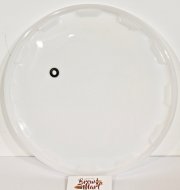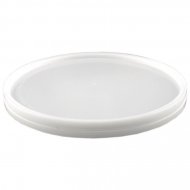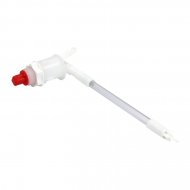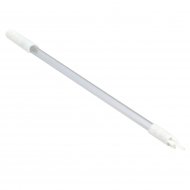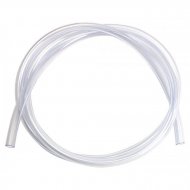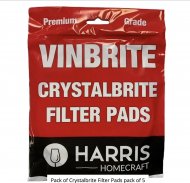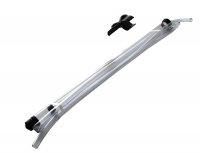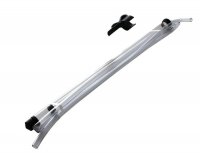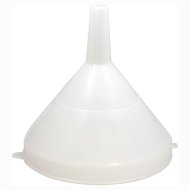Racking Off
Racking Home Brew | Racking off Beer | Wine Racking | Cider Racking
Racking off separates your brew from the yeast and sediment before bottling or barreling.
Racking is a term that refers to the transfer of beer or wine from one fermentation bucket to another.
Many brewers use the phrase to describe the casking or kegging of beer. Brewers often talk about "racking" oak-aged beers from barrels into other vessels.
1. Beer Racking
2. Should oxygen contamination be a worry?
Unless your beer is fermenting at the same temperature as lager (at 50 degrees Fahrenheit or below), Brew Mart does not recommend leaving any beer sitting on a yeast cake for more than a month in the primary fermenter. Racking home brew prevents autolysis by separating your beer from the vast majority of dieing yeast cells, making ageing easier.
Racking Off Equipment
Youngs Fermentation Buckets/Fermenting Bins with solid lid 60 Litres 13 Gallons
2. Should oxygen contamination be a worry?
The major obstacle to beer racking seems to be the worry about oxygen ingress and all that entails: reduced shelf-life, staling, oxidation of malts which reduces malt flavours and aromas, etc.
Brew Mart recommends caution and not to be in too much of a hurry to go to the next stage of racking off.
There are several ways to rack off your beer. Brew Mart believes the simplest and most effective is standing the brew for a few days after fermentation to ensure the majority of the solids are settled and sitting at the bottom of your brewing vessel.
When the beer looks clear, syphon off the first 80-90% of your brew into a second, sterilised bucket, taking care not to disturb the sediment. (A syphon clamp is very helpful with this.)
The bucket we rack off into has two little bottlers attached at the bottom. The little bottlers help with bottling once racking is complete.
Stop when you have syphoned off up to 90% of your wine or beer. The last 10-15% syphon through either a Vinbrite filter or funnel and filter paper.
Using filters enables you to separate the whole of the brew from the sediment without wasting a drop. You can either wait another few days to allow any remaining solids to settle or use finings to ensure no more solids are suspended in the brew.
Finally, using a syphon or little bottler(s), you can bottle your brew safely, knowing it will be sediment-free.
November 2024
Check out all brew Mart's home brew hints & tips














